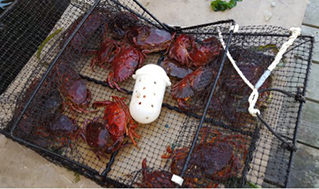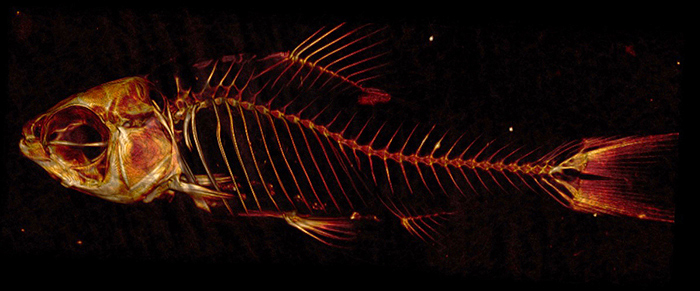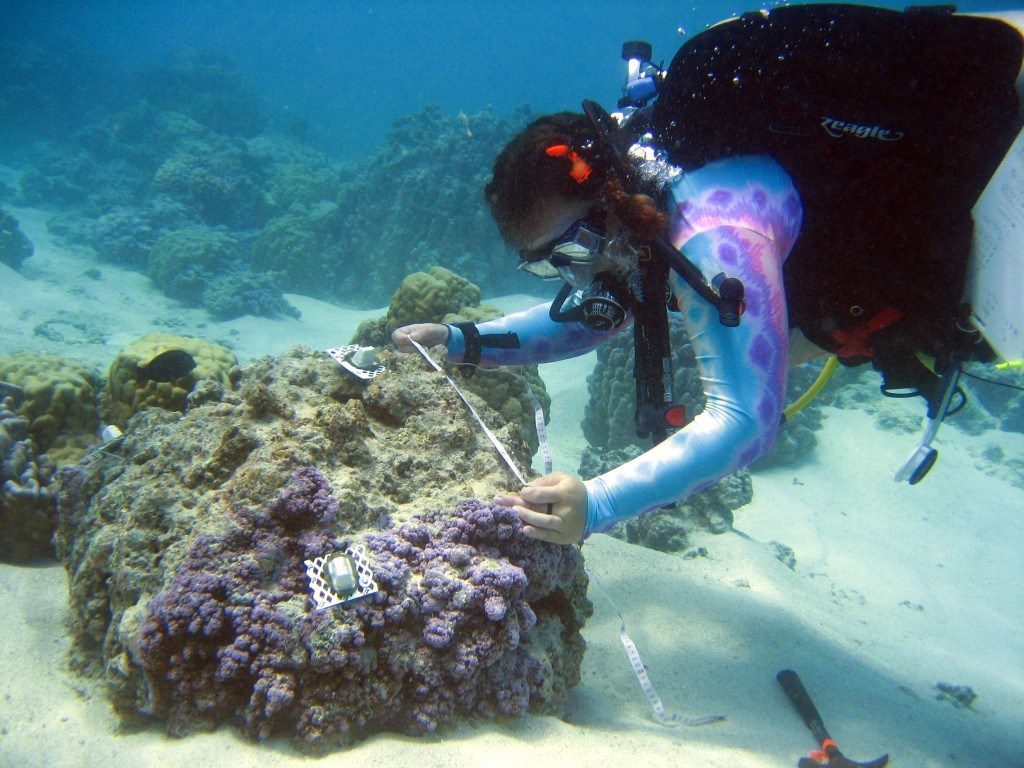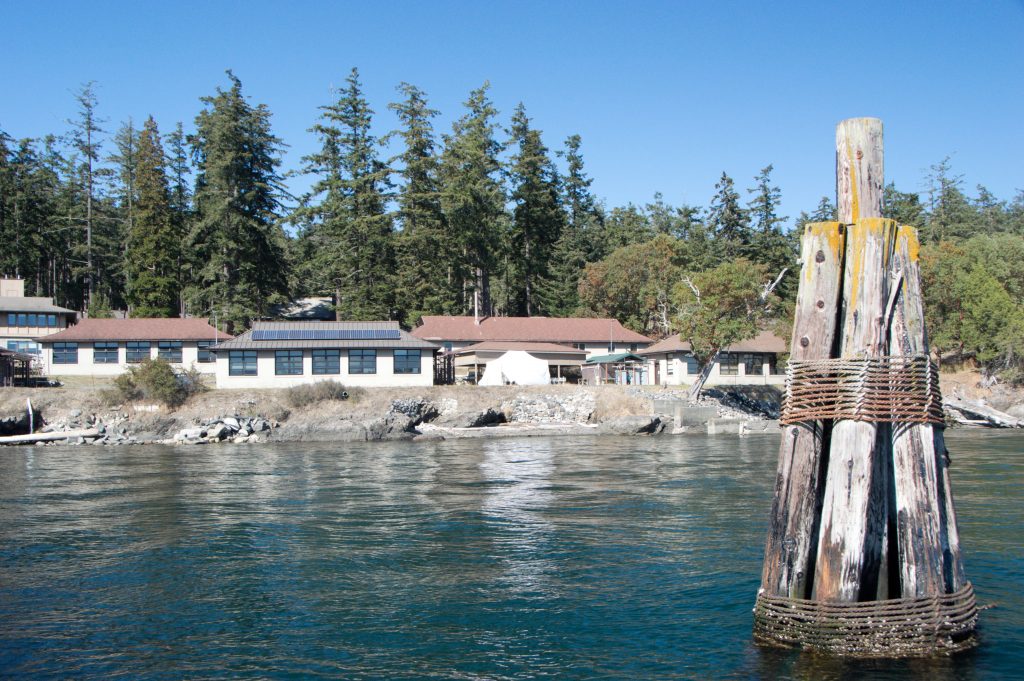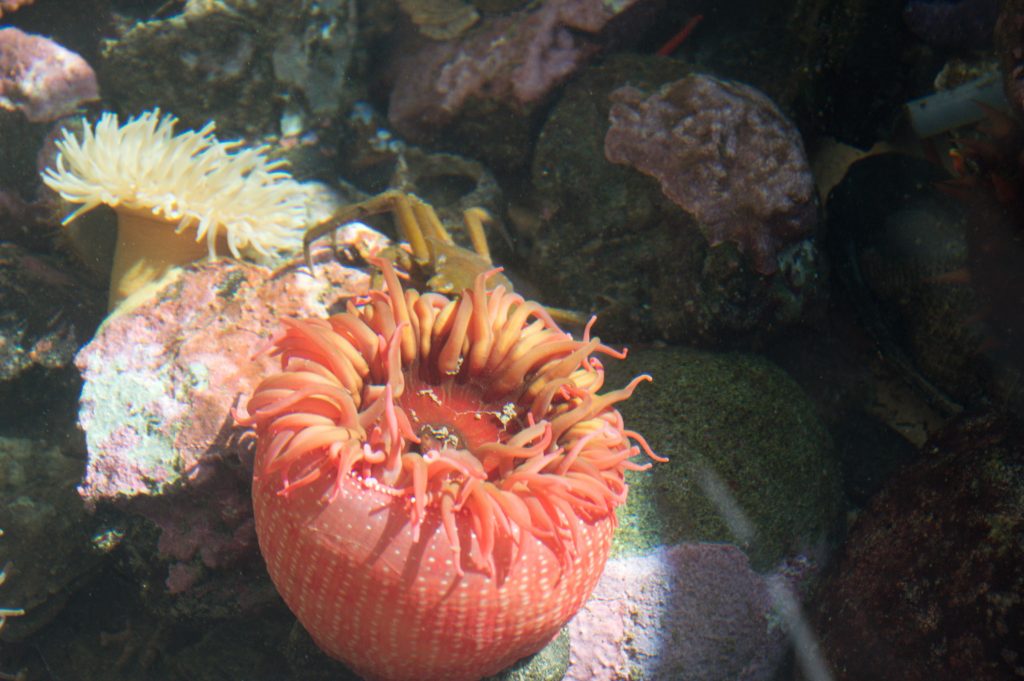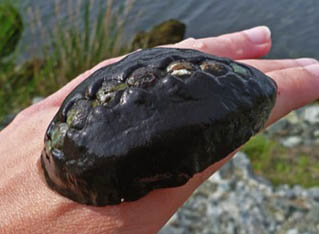Friday Harbor Labs Info Session: Autumn Quarter 2017
Spend autumn quarter studying at the UW’s marine field station in the San Juan Islands. Get started by attending the following info session:
INFO SESSION: Spring and Summer Quarter at Friday Harbor
When: Thursday, April 20, 2:30 – 3:30 pm
Where: Mary Gates Hall Center for Experiential Learning (MGH 171 E)
REGISTER: tinyurl.com/FHLautumn17
Learn more about what spending a quarter studying full time in the San Juan Islands can mean for you. Courses are available for students starting their exploration of marine biology up to senior undergraduates. Meet some of our teaching faculty and learn how to apply and fund your quarter at ‘FHL’.
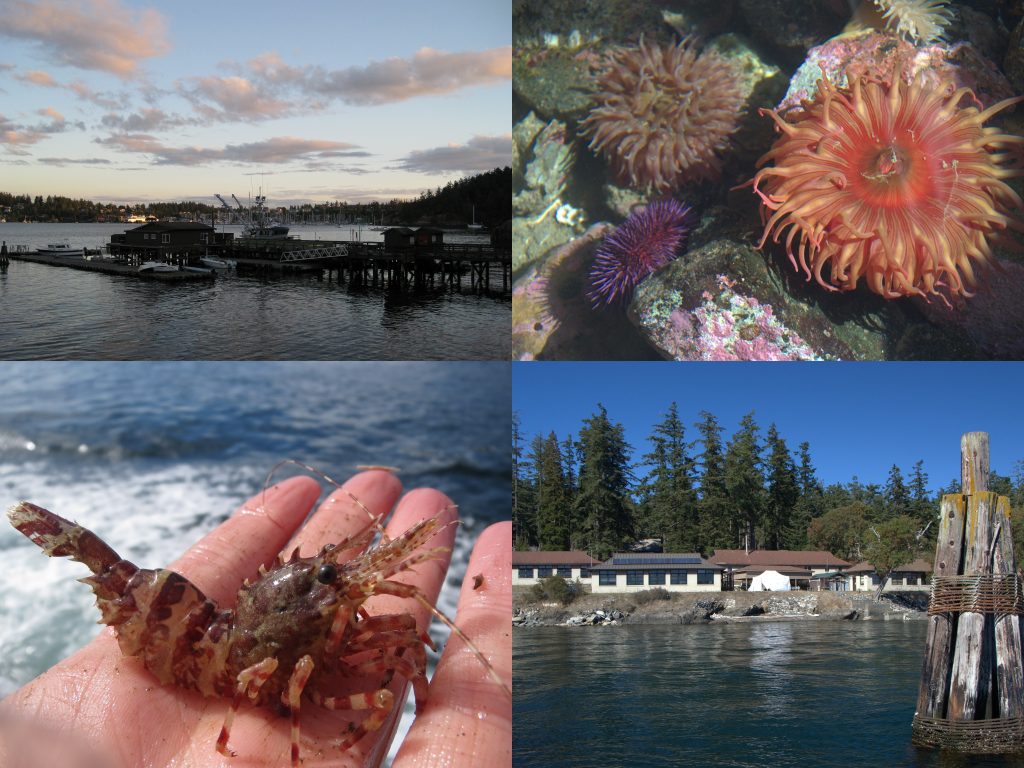
Why Study at Friday Harbor Labs?
- Explore the marine environment of the Salish Sea where your classroom is a marine preserve, and the boats are just steps away from your dorm.
- Fall courses for students at all levels and majors: intro marine biology, creative writing, environmental literature, and oceanography are just some of the topics.
- Get to know your teachers with class sizes frequently less than 20 students.
Courses may be applied to a Minor in Marine Biology. Check with your major adviser to see if they can apply to your major.
Early Admissions Application Deadline for Autumn Quarter is May 15
